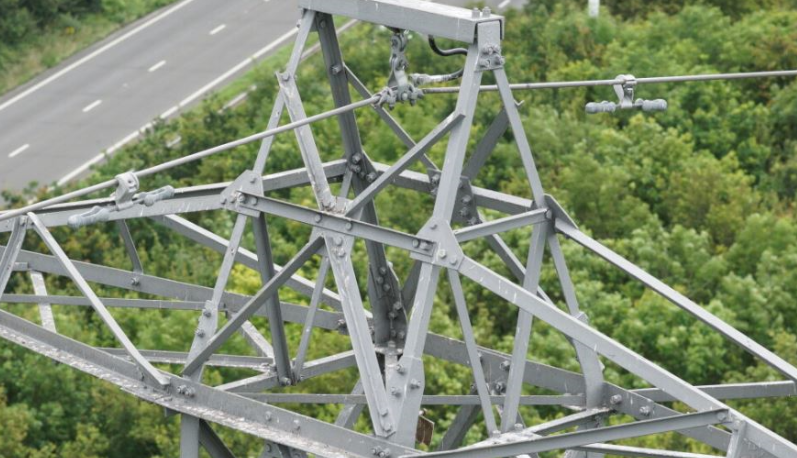SSEN’s steel towers support the conductors which deliver electricity from National Grid’s infrastructure to the company’s own network of primary substations; here the voltage is then ‘transformed’ or reduced, before making its way to the local substations which power communities, homes and businesses in SSEN’s distribution area.
This multi-million pound investment is part of the distribution operator’s ED2 commitments and will see SSEN teams carrying out maintenance and repairs on approximately 1500 towers across the company’s central southern England licence area.
To be completed in phases, work will begin at the end of 2023 with a £600,000 investment in the painting of over 200 towers across Melksham and the surrounding areas.
SSEN’s Project Manager, Martin Bailey said:
“This is a key project for us over the next four years. The 33kV and 132kV steel towers are the backbone of our network, so it’s crucial that we do all we can to ensure that they’re in the best possible condition, continuing to power homes and businesses across central southern England all year round.”
In addition to the work of SSEN’s own teams, specialist contractors OCS will be adding a new coat to the towers’ specialist anti-corrosion paintwork, which provides protection from the elements and prolongs the working lifespan of this essential infrastructure.
Barry Creswick, Director of Tower Painting at OCS, said:
“The decision by SSEN to select us as a framework partner to support them in maintaining their 33kV and 132kV steel towers network is a testament to the proven skills and expertise of our teams and our market-leading position.
“This is vital work to ensure these communities can remain assured of a safe, secure and reliable electricity supply, and we are proud to be part of it."
Chris Slingsby, SSEN’s Head of Works Delivery, added:
“This £10m programme of works is a key part of our commitment to delivering a safe, secure and reliable power supply for our customers.
With electricity playing such an important role in all our daily lives, be that at home, at school or at work, it’s vital that we do all we can to ensure the Overhead Line infrastructure is in the best condition possible.”
